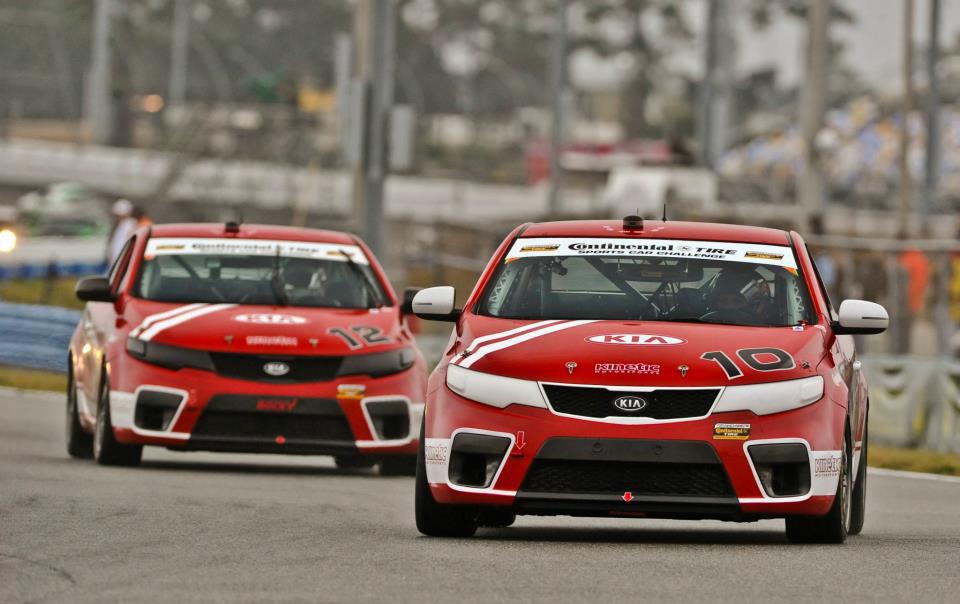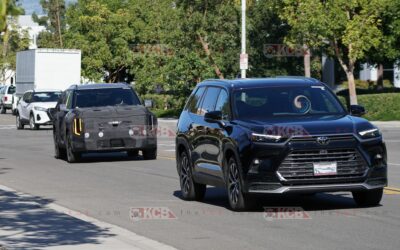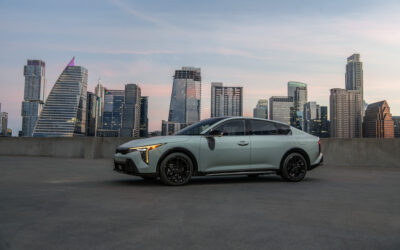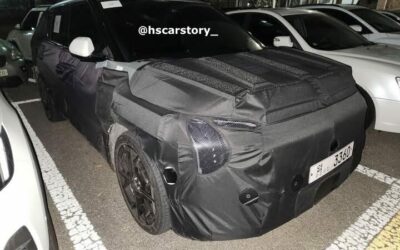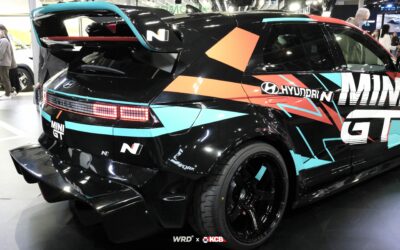As part of Kia’s push to attract more buyers, the South Korean brand wants to be known for motorsports success and for building credible performance vehicles. Kia’s big challenge: It has little experience in both areas.
“Win on Sunday, sell on Monday” was the motto the Big 3 used successfully for decades to sell cars. Performance and racing parts were available to the weekend racer, and powerful models could be bought at the local dealer. Some import brands that followed have used the same approach.
Now it’s Kia’s turn. “It is a natural progression for a young brand like ours,” said Michael Sprague, Kia’s U.S. marketing boss. Mazda, Ford, Honda — they have all gotten into motorsports at some point. They recognize that if you compete in motorsports, you win over those true enthusiasts.
“They are the ones that will be telling people Monday or the next week, whatever, that hey, here’s a brand that you might want to consider,” he said last week during an interview at the Chicago Auto Show.
Kia began competing in U.S. motorsports in 2010, and so far, the brand’s success has exceeded expectations. After sponsoring two factory Forte teams in 2010, Kia won the overall Grand Am competition in 2011, a series that is part of the Continental Tire Sports Car Challenge. Kinetic Motorsports in Georgia created and supported Kia’s cars.
“That was huge for a young brand like ours,” Sprague said. The series pitted the Forte against such cars as the BMW 328i, Honda Civic Si, Mazda3 and Volkswagen GTI. This year, Kia is competing in two more race series, adding Rio and Optima Turbo race teams.
The Rio is aimed at budget racers — enthusiasts can buy a Rio and race equipment for about $40,000. Competitors include such vehicles as the Mazda2 and Honda Fit. The Optima Turbo competes against the BMW M3, Ford Mustang, Acura TSX and other models.
For Kia, the next step is to develop Kia-engineered racing parts and performance models, Sprague said. It’s a challenge. “Quite honestly in Korea, motorsports is not popular. It hasn’t been part of their culture, their history,” he said. It’s a learning process.
After each race, vehicle data are sent to the Hyundai-Kia America Technical Center Inc. near Ann Arbor, Mich., for analysis and then on to Kia’s headquarters in Seoul. Sprague said the Kia engineers in Michigan see the data first because the “enthusiasts there can help the people back in Korea interpret and understand so that eventually we can incorporate some of the learning into product.”
As for a timetable, there is none. Sprague said the engineers will determine when the parts and performance vehicles are ready. The issue is quality. “We are making great strides in quality” and when the parts and vehicles are introduced, “we want to make sure we deliver the best in quality,” he said.
“We don’t want to tarnish all of the work that we have done for so long” with performance vehicles and parts that fail to live up to expectations. Said Sprague: “We’re taking it step by step.”

